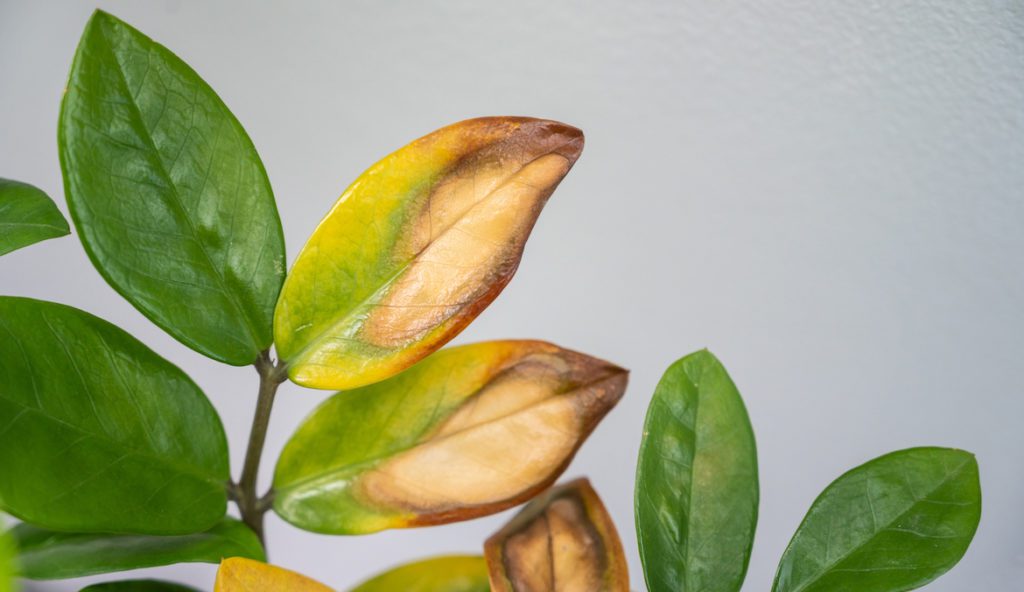Assessing the health of a plant by examining its leaves is a common practice among gardeners and plant enthusiasts. Healthy leaves are key indicators of a thriving plant. Here are some signs to look for when evaluating the health of a plant based on its leaves:
- Color:
- Vibrant green: Healthy leaves are typically a rich, uniform green color. Some plants may have naturally different leaf colors, but they should still appear vibrant for their species.
- Yellowing leaves: Yellowing can be a sign of various issues, including nutrient deficiencies (e.g., nitrogen), overwatering, or poor drainage.
- Browning or scorched leaves: Brown or scorched leaf edges or tips can be a sign of excessive sunlight, insufficient watering, or high salt levels in the soil.
- Texture:
- Firm and turgid: Healthy leaves are firm and upright, not wilted or drooping. Wilting may indicate underwatering or root problems.
- Smooth surface: Leaves should have a smooth texture. Raised bumps, discoloration, or unusual growths can indicate pests or diseases.
- Size and Shape:
- Normal size and shape: Leaves should be of the expected size and shape for the plant species. Abnormally small or distorted leaves may indicate stress or disease.
- Symmetry: Leaves should be evenly distributed and symmetrical on the plant.
- Consistency:
- Uniform appearance: Leaves on the same plant should have a consistent appearance. If some leaves look drastically different from others, it could be a sign of a problem.
- Leaf Drop:
- Excessive leaf drop: While some leaf shedding is normal, if a plant is losing an excessive number of leaves, it may be stressed due to factors like overwatering, underwatering, or disease.
- Stippling or Spots:
- Spots, stippling, or discoloration on leaves can indicate a variety of issues, including fungal or bacterial diseases, insect damage, or nutrient deficiencies.
- Veins:
- Check the veins of the leaves. Discoloration or irregularities in the veins can provide clues about nutrient deficiencies or diseases.
- New Growth:
- Examine the new growth. Healthy plants should produce new leaves regularly. Stunted or distorted new growth can be a sign of underlying issues.
- Pests:
- Inspect the undersides of leaves for signs of pests, such as tiny insects, webs, or eggs.
- Leaf Odor:
- In some cases, the smell of the leaves can provide clues about the plant’s health. Healthy leaves usually have a fresh, green scent, while diseased or stressed leaves may have a foul odor.
Keep in mind that different plant species may have specific requirements and leaf characteristics, so it’s essential to know the typical appearance of the leaves for the specific plant you are assessing. Regular monitoring and prompt action when you notice any signs of leaf distress can help maintain the overall health of your plants. If you’re unsure about the cause of leaf problems or how to address them, consult with a local nursery or gardening expert for guidance.
